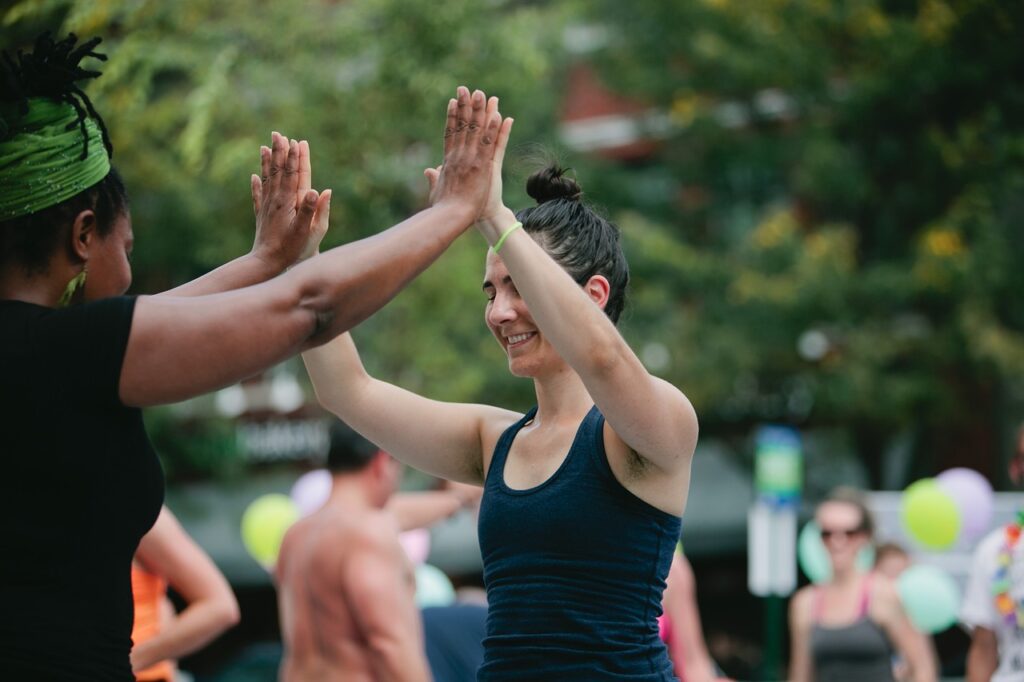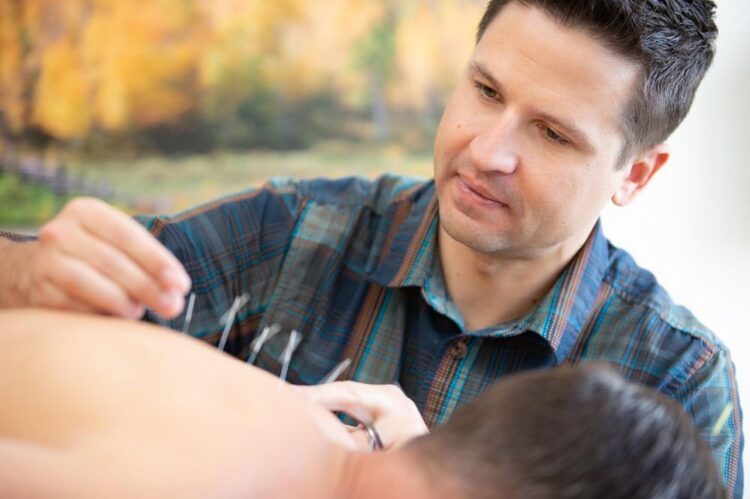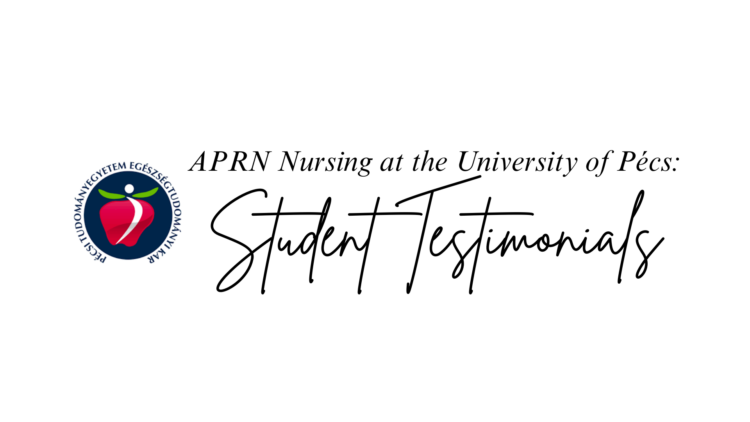Dance therapy, also known as movement therapy, is a method of treatment that applies movement and dance to improve mental, physical, and emotional health. It is a unique form of therapy that engages the mind and body, offering a holistic approach to healing and rehabilitation. It is an inclusive and low-cost treatment that can be accessible to different demographics, proving effective in treating a variety of health conditions, from stroke to Alzheimer’s.
One of the main benefits of dance therapy in rehabilitation is its ability to help individuals recover from physical injuries or trauma. Dance is a fun and natural way to revitalize the body, which can be less intimidating than traditional physical therapy. The rhythmic and repetitive movements can help restore muscle strength, improve flexibility, and promote overall physical function. It has been deemed effective in treating stroke patients and individuals who have undergone orthopedic surgery by enhancing motor coordination, balance, and mobility. By incorporating movement into the healing process, individuals are encouraged to regain control of their bodies, improve posture, and increase overall physical stamina.
Other than its physical benefits, dance also provides an opportunity for emotional development. Since dance is movement-focused, it provides a non-verbal outlet for expressing feelings, which can be especially helpful for those who have experienced trauma, grief, or emotional distress. Patients are given a means to express emotions they may struggle to articulate with words, providing a sense of release.For individuals dealing with depression or anxiety, dance therapy can help release pent-up tension, reduce stress, and promote a more positive emotional state. Dancing triggers the release of endorphins, the body’s natural “feel-good” hormones, which can lead to improved mood and emotional well-being.

Additionally, dance therapy can help with cognitive rehabilitation. Structured movement sequences can improve focus, memory, and attention, which help restore cognitive abilities like memory and problem-solving. Those who have experienced neurological disorders, such as brain injuries, or illnesses like Alzheimer’s disease, will find this especially helpful. Neural plasticity—the brain’s capacity to create new neural connections – is promoted by dance, which aids in cognitive recovery and improves brain health in general.
Dance therapy fosters a sense of community and connection, which is essential for people undergoing rehabilitation. Participants in group dance therapy sessions can engage with one another in an encouraging setting. This social interaction promotes a sense of belonging and combats loneliness for many. It is especially beneficial for people recuperating from chronic illnesses or mental health conditions.
In conclusion, dance therapy offers a comprehensive and creative approach to rehabilitation. By addressing the physical, emotional, cognitive, and social aspects of healing, it provides a well-rounded and holistic pathway for individuals in recovery. Whether it’s restoring physical strength, processing emotions, improving cognitive function, or fostering social connection, dance therapy is a powerful tool for healing and rehabilitation.
Roselle Torres
If you found the article interesting, I also recommend this:




